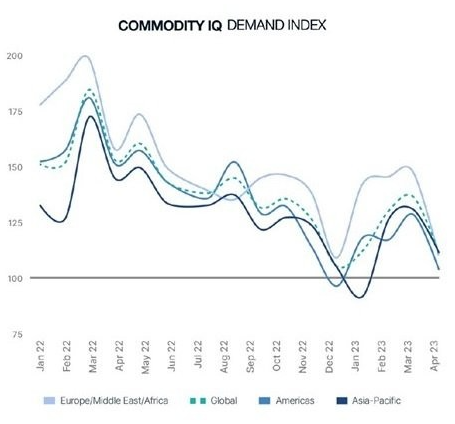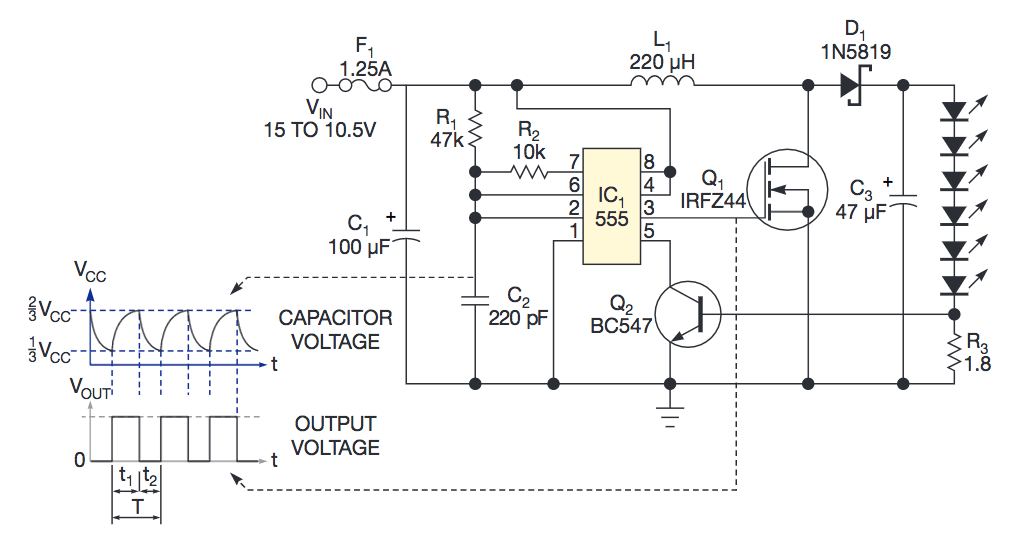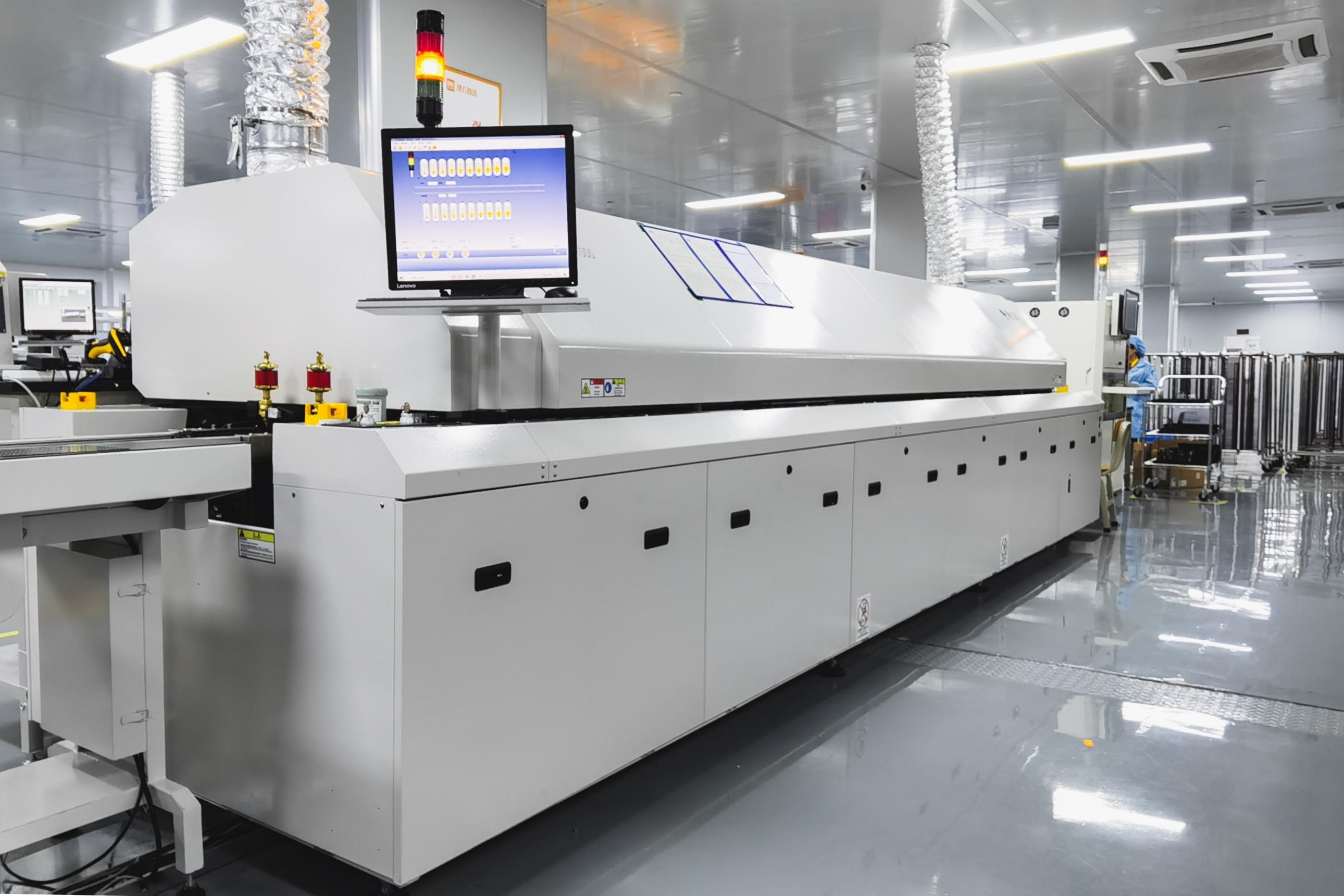As a PCB designer, dealing with component price fluctuations can be a major challenge. Whether you're facing sudden cost spikes or hoping for price drops, understanding how to navigate these changes is crucial for keeping your projects on budget and on schedule. In this guide, we'll explore strategies to manage component price volatility, forecast price trends, optimize PCB design costs, and source components effectively. Let's dive into practical tips and insights to help you stay ahead of the curve in a constantly shifting market.
Understanding Component Price Fluctuations: Why Do Prices Change?
Electronic component prices are rarely stable. They fluctuate due to a variety of factors, often beyond a designer's control. By understanding these drivers, you can better anticipate changes and plan accordingly. Here are the main reasons behind component price volatility:
- Supply and Demand Imbalances: When demand for components like microcontrollers or capacitors spikes (e.g., during a tech boom), prices often rise. Conversely, oversupply can lead to price drops.
- Global Supply Chain Disruptions: Events like natural disasters, geopolitical tensions, or pandemics can disrupt production and shipping, causing shortages and price increases.
- Raw Material Costs: Components rely on materials like copper, silicon, and rare earth metals. When these materials become more expensive, component prices follow suit.
- Technological Advancements: Newer, high-performance components (e.g., those supporting 5G or AI) often start at premium prices, while older components may drop in cost as they become obsolete.
- Market Speculation: Distributors or manufacturers may adjust prices based on forecasts, even before actual shortages occur, adding to volatility.

Component Price Increase Forecast: What to Expect in the Near Future
Predicting exact price changes is tough, but staying informed about industry trends can help with a component price increase forecast. As of recent data, certain components like semiconductors and passive components (resistors, capacitors) are expected to see price hikes in 2025 due to ongoing supply chain constraints and high demand for IoT and automotive applications. For instance, semiconductor lead times are projected to remain stable or slightly increase, which could drive costs up by 5-10% for specific chips.
To prepare for potential increases:
- Monitor industry reports and economic data, such as the Producer Price Index for electronic components, to spot early warning signs of price spikes.
- Build relationships with suppliers for insider updates on inventory and pricing trends.
- Consider locking in prices with long-term contracts if you anticipate a significant rise in costs for critical components.
Electronic Component Price Drop Analysis: When Do Costs Fall?
While price increases grab headlines, there are times when costs decline, offering opportunities for savings. An electronic component price drop analysis reveals that prices often fall under these conditions:
- Overproduction: Manufacturers may overproduce certain components, leading to surplus inventory and discounted prices.
- Technology Obsolescence: Older components, like legacy microprocessors, often drop in price as newer versions hit the market.
- Market Stabilization: After a period of shortage, prices may normalize as supply chains recover.
For example, after a shortage of multilayer ceramic capacitors (MLCCs) in 2021-2022, prices stabilized in 2023 as production ramped up, with some categories dropping by up to 15%. To take advantage of price drops, keep a flexible design approach that allows you to switch to lower-cost alternatives when they become available.

How to Manage Component Price Volatility Effectively
Price volatility can throw a wrench into your project budget, but there are ways to manage component price volatility and minimize its impact. Here are actionable strategies tailored for PCB designers:
1. Diversify Your Component Choices
Avoid relying on a single component or supplier. Design your PCB with flexibility in mind by selecting components with multiple equivalents or substitutes. For instance, if a specific 10kΩ resistor from one manufacturer jumps in price, having an alternative part number from another source can save you from delays and cost overruns.
2. Use Inventory Buffering
For critical components, maintain a small buffer stock to protect against sudden price spikes or shortages. While this requires upfront investment, it can prevent costly project delays if a key part becomes unavailable.
3. Leverage Forecasting Tools
Use online platforms and industry reports to track price trends and lead times. Some tools provide real-time data on component availability and pricing, helping you make informed decisions about when to buy.
4. Collaborate with Procurement Teams
Work closely with your procurement or sourcing team to stay updated on market conditions. Their insights can help you time purchases strategically, avoiding peak pricing periods.

PCB Design Cost Optimization: Saving Money Without Sacrificing Quality
PCB design cost optimization is about striking a balance between performance and budget. Component price fluctuations can inflate costs, but smart design choices can keep expenses in check. Here are proven tips to optimize costs during the design phase:
1. Simplify Your Design
Reduce the number of unique components in your design. For example, instead of using three different resistor values (e.g., 1kΩ, 1.2kΩ, 1.5kΩ), standardize to a single value if possible. This minimizes sourcing complexity and can lower costs through bulk purchasing.
2. Choose Cost-Effective Materials
Opt for standard materials and components over specialized ones unless absolutely necessary. For instance, using a standard FR-4 substrate instead of a high-frequency material can save significant costs for low-speed applications (e.g., signal speeds below 1 GHz).
3. Design for Manufacturability (DFM)
Ensure your design is easy to assemble. Avoid tight tolerances or complex layouts that increase assembly costs. For example, spacing components at least 0.5mm apart can reduce the risk of soldering defects and lower manufacturing expenses.
4. Plan for Scalability
Design with future production volumes in mind. If you expect to scale from a prototype to mass production, select components that are widely available and unlikely to face shortages, even if they cost slightly more upfront.
Component Sourcing Strategies for PCB Designers
Effective component sourcing strategies can make a big difference in managing costs and ensuring availability amidst price fluctuations. Here’s how to source components smarter:
1. Build a Network of Trusted Suppliers
Partner with multiple distributors to compare prices and availability. A strong supplier network gives you options when one source raises prices or runs out of stock.
2. Consider Second-Sourcing
Always identify a secondary source for critical components. If your primary supplier for a 3.3V regulator faces a price hike, a second source can provide the same part at a better rate or faster delivery time.
3. Buy in Bulk When Prices Are Low
If you spot a price drop on a commonly used component, consider purchasing in larger quantities. For instance, buying 10,000 units of a capacitor at a discounted rate of $0.02 per unit instead of $0.05 can save $300 over time.
4. Use Component Libraries and Databases
Leverage online libraries to find components with detailed pricing and availability data. These tools can help you identify cost-effective alternatives without compromising on specs like impedance (e.g., ensuring a capacitor matches a required 50Ω impedance for your circuit).
5. Negotiate Long-Term Agreements
For high-volume projects, negotiate contracts with suppliers to lock in prices for a set period. This can shield you from sudden price increases, especially for components with volatile costs.
Tools and Resources to Stay Ahead of Price Fluctuations
Staying proactive is key to navigating component price changes. Here are some tools and resources to help PCB designers stay informed:
- Industry Reports: Follow market analysis from trusted sources to get forecasts on component pricing and lead times.
- Price Tracking Platforms: Use online tools that monitor component prices across distributors, helping you spot deals or anticipate increases.
- Design Software Integrations: Many PCB design tools now integrate with supplier databases, allowing you to check real-time pricing and availability during the design phase.
- Community Forums: Join online communities of engineers and designers to share insights on sourcing and pricing trends.
Case Study: Adapting to a Price Spike in Real Time
Consider a scenario where a PCB designer is working on a consumer electronics project in mid-2025. They’ve designed a board relying on a specific microcontroller, but a sudden shortage drives the price from $2.50 to $4.00 per unit—a 60% increase. With a production run of 5,000 units, this adds $7,500 to the budget.
Using the strategies above, the designer takes action. They consult their component library and identify a compatible microcontroller from another manufacturer at $3.00 per unit, saving $5,000. They also negotiate with their supplier for a bulk discount on other components, further reducing costs. By maintaining design flexibility and leveraging sourcing strategies, they mitigate the impact of the price spike without delaying the project.
Conclusion: Stay Agile in a Volatile Market
Navigating component price fluctuations is an ongoing challenge for PCB designers, but with the right strategies, you can protect your projects from unexpected costs. By staying informed about component price increase forecasts, conducting electronic component price drop analysis, and applying PCB design cost optimization techniques, you can manage volatility effectively. Combine these with smart component sourcing strategies, and you’ll be well-equipped to handle whatever the market throws your way.
Remember, flexibility and foresight are your best tools. Keep learning, adapt to changes, and build strong relationships with suppliers to ensure your designs remain cost-effective and competitive. With these approaches, you’ll not only survive price fluctuations but thrive in a dynamic industry.
 ALLPCB
ALLPCB







